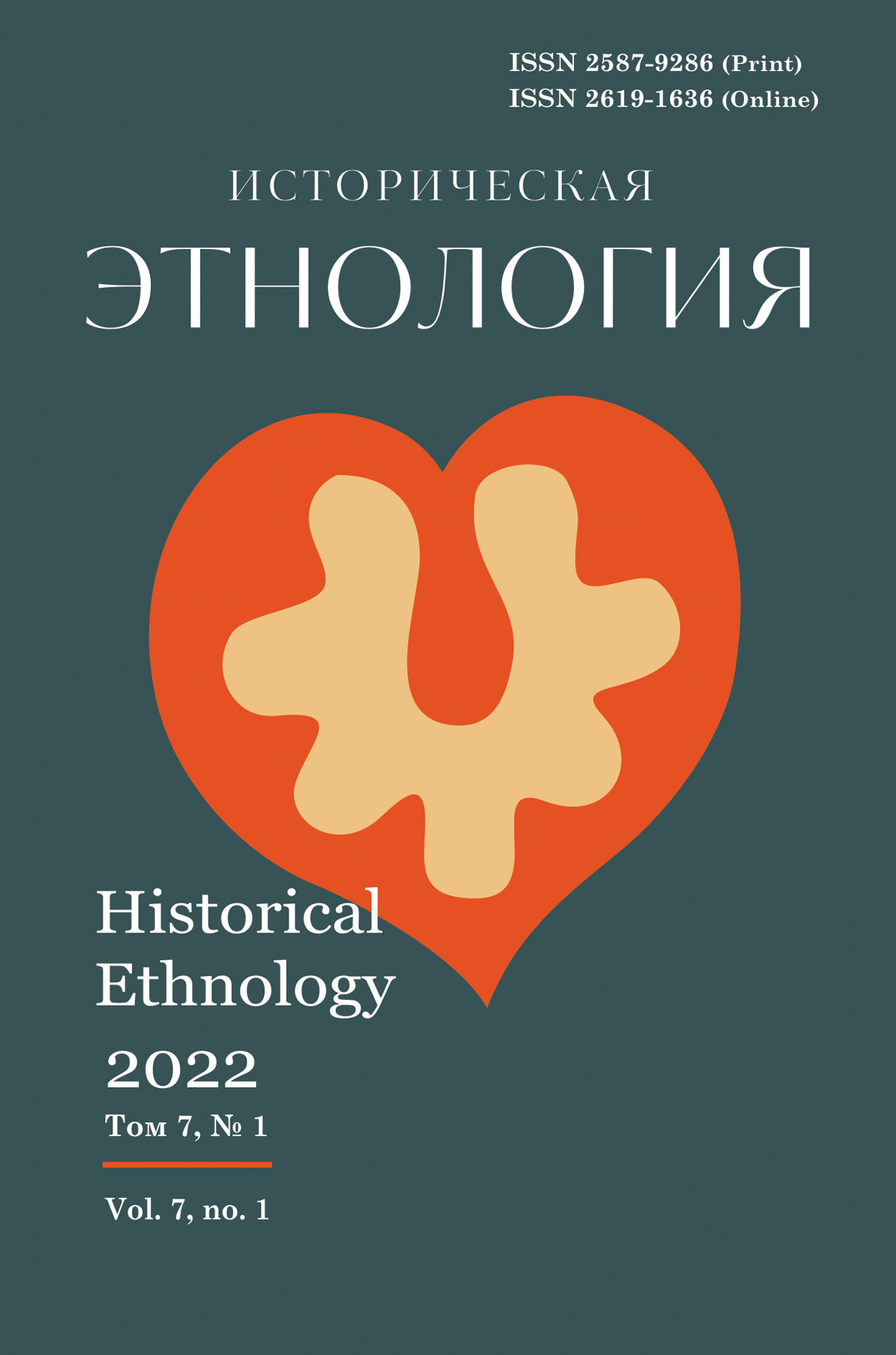
Main menu / 2022, vol.7, no.1 / Salakhova E.K.
The influence of the Izh-Bubi madrasah on the development of education in the Taw yağı (the Mountainous side): pages from the history of the Akzigit madrassa Salakhova E.K.
24–34 p. doi.org: 10.22378/he.2022-7-1.24-34 In the late 19th – early 20th centuries, with the support of the Tatar bourgeoisie, the largest Jadid madrasas appeared in almost all regions of compact Tatar residence, which became centers of Tatar culture. Many educational institutions existed in rural areas, and they became centers of education in a given region. Thanks to their leader or mentors, they were recognized in the Tatar-Muslim world. The fruitful activity and experience of the famous madrasas gave hope for the widespread dissemination of Jadid education among Tatars. One of these madrasas, which can be called a unique educational institution, is the madrasah of Izh-Bobya of the Sarapulsky district of the Vyatka province. The history of this madrasah is connected with the activities of the Nigmatullin brothers, their experience, the cadres who grew up in the madrasah, served the development of education not only among the Tatars, but also other peoples of the Turkic world. The purpose of this study is to show the influence of the Izh-Bubi madrasah on the development of education in the Mountainous side of the Kazan province as a whole. Using the example of the history of the Akzigit madrasah of the Civil district of Kazan, the interrelation and cooperation of Tatar educational institutions, regardless of their location, is described. The research is aimed at understanding the history of famous madrasas in the educational system among the Tatars of the late 19th- early 20th centuries. This is the novelty of the study. This approach to the problem made it possible to reveal little-known pages of the history of both the Izh-Bubi and Akzegit madrassa. It turned out that many teachers of the Akzegit madrasah were graduates of the Izh-Bubi madrasah, so they became the companions of Jadid education in the Mountainous side of the Kazan province. On the example of the activities of these educational institutions, the High culture of the Tatar people in rural areas in the late 19th – early 20th centuries is presented. Keywords: education, madrasah, jadidism, the history of the Tatar people, charity For citation: Salakhova E.K. Izh-Bubi mӓdrӓsӓseneñ Tau yagy mӓgarife üseshenӓ yogyntysy: Ak′′yeget mӓdrӓsӓse tarikhynnan sӓkhifӓlӓr [The influence of the Izh-Bubi madrasah on the development of education in the Taw yağı (the Mountainous side): pages from the history of the Akzigit madrassa]. Istoricheskaya etnologiya, 2022, vol. 7, no. 1, pp. 24–34. https://doi.org/10.22378/he.2022-7-1.24-34 (In Tatar)
REFERENCES Bertugan Bubylar häm Izh-Buby mädräsäce: tarikhi-dokumental jyentyk [The Buby Brothers and the Izh-Bubi madrasah]. Kazan: Rukhiyat, 1999. (In Tatar) About the author: Elmira K. Salakhova, Cand. Sc. (History), Senior Research Fellow of the Department of Modern History, Marjani Institute of History of the Tatarstan Academy of Sciences (7A Baturin St., Kazan 420111, Russian Federation); ilsalah@mail.ru
Received January 31, 2022 Accepted for publication April 22, 2022 Published Online July 19, 2022 |
Istoricheskaya etnologiya Historical Ethnology
Scientific journal







